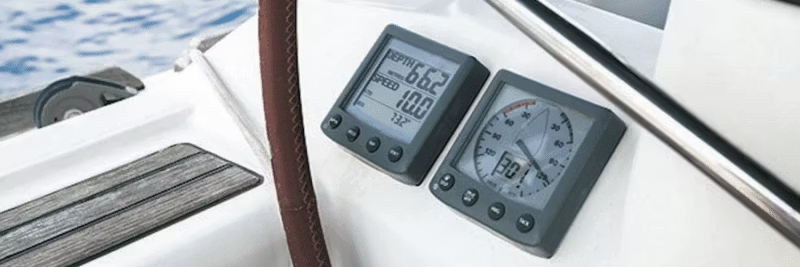Cart
Discount: 0.00 PLN
Discount: 0.00 PLN
Digital Skipper |30/04, 2022

Saving time and money when installing electronics on your boat is crucial. Our solutions make your trips easier and safer by providing better access to important boat data. We offer products that connect old and new technology, convert analog to digital, and provide wireless access to your instruments. Here are two smart ways to increase safety and efficiency on board.
EMU-1 digitizes your analog engine data and makes it easy to monitor engine parameters via an NMEA 2000 MFD. Traditional analog gauges can eventually give inaccurate readings and suffer from optical errors. Digital systems eliminate these problems and also save space.
A major advantage of the EMU-1 is that it can operate without analog gauges, freeing up space for other equipment. You can also configure alarms for oil pressure, temperature, and other parameters, providing visual and audible warnings via the MFD. In addition, the same data can be displayed on multiple screens around the boat thanks to the NMEA 2000 network, increasing safety for the entire crew.
The EMU-1 also makes it easy to keep track of engine hours for scheduled service.
The DST-2 converts analog values for depth, speed, and temperature to digital NMEA 0183 sentences. This allows you to connect sensor data to other equipment or forward it to an NMEA 2000 network via our NGW-1 gateway. By integrating depth data into the MFD, you can activate shallow water alarms – a function that can prevent grounding and costly repairs.
Note that not all MFD devices support this function; always check with the Manufacturer.